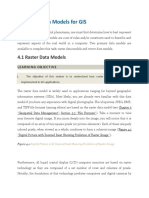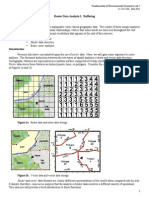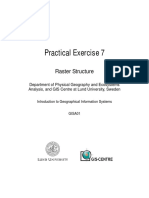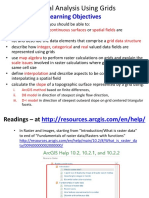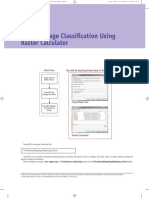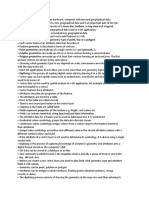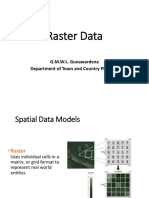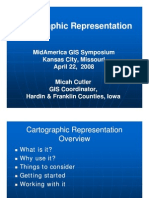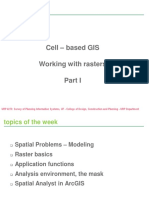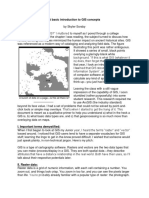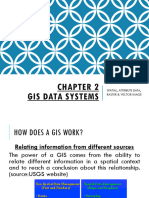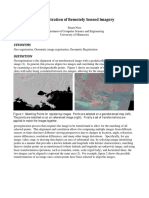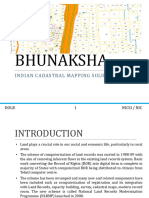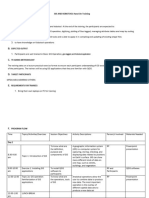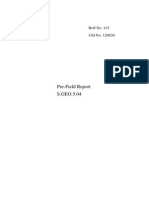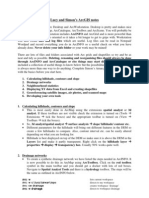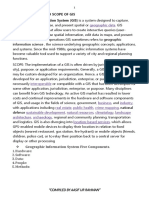0% found this document useful (0 votes)
15 views24 pagesLecture 1
The document discusses raster datasets, focusing on the concept of pixels as grids of varying sizes and their role in image creation and representation. It explains how raster symbology works by associating pixel values with colors, and highlights the importance of these values in calculations and image display. Additionally, it introduces a multi-hazard risk assessment equation that integrates hazard exposure and vulnerability to evaluate risk in a study area.
Uploaded by
mahiasharmin128Copyright
© © All Rights Reserved
We take content rights seriously. If you suspect this is your content, claim it here.
Available Formats
Download as PDF, TXT or read online on Scribd
0% found this document useful (0 votes)
15 views24 pagesLecture 1
The document discusses raster datasets, focusing on the concept of pixels as grids of varying sizes and their role in image creation and representation. It explains how raster symbology works by associating pixel values with colors, and highlights the importance of these values in calculations and image display. Additionally, it introduces a multi-hazard risk assessment equation that integrates hazard exposure and vulnerability to evaluate risk in a study area.
Uploaded by
mahiasharmin128Copyright
© © All Rights Reserved
We take content rights seriously. If you suspect this is your content, claim it here.
Available Formats
Download as PDF, TXT or read online on Scribd
/ 24
